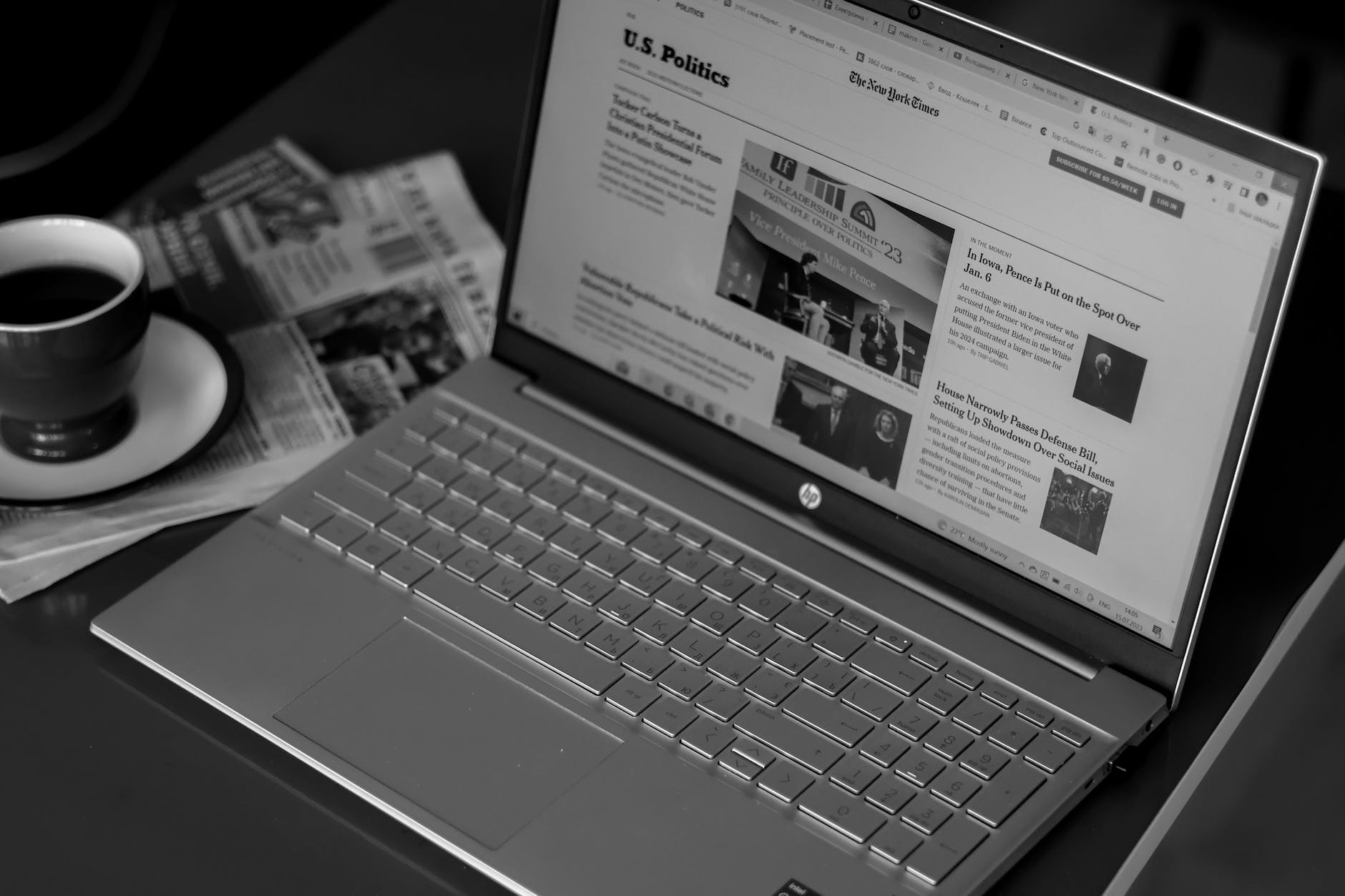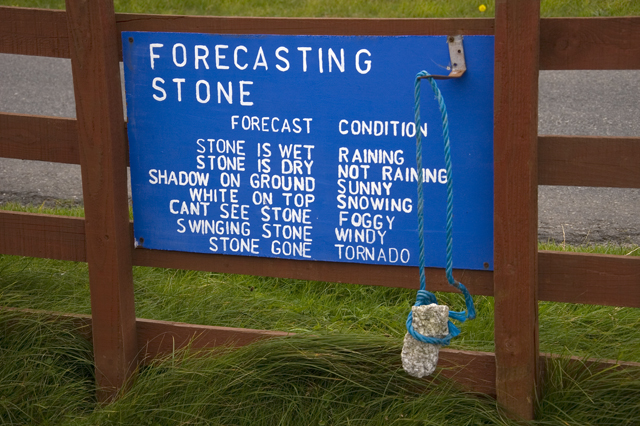September 25, 2023
Political polls are often presented to the public as omens about what will happen in future elections.
But polls do not work the way they used to.
In the past, a high approval rating – say, Bill Clinton’s, which exceeded 60% after the end of his impeachment trial – was possible, because partisanship was looser. People could be members of one party, yet tell pollsters that they thought that a president of the other party was doing a good job. Numerous Democrats thought Ronald Reagan was doing a good job in 1984, which accounted for his winning 49 states that year. And numerous Republicans still thought Bill Clinton was doing a good job in 1996, as the economy continued to create record numbers of jobs.
So in 1984, or 1996, approval ratings could be relied upon to be somewhat related to the prospects of the president in question.
This is no longer the case. Things began to change by about 2010, when the partisan divide had hardened measurably after two years of economic hardship and grinding recovery. You could see the change manifested in polling about the Affordable Care Act. The news media reported over and over, as elections approached in 2012, that a solid majority of the public disapproved of the ACA. Many polls had the rejection of “Obamacare” at around 56% in 2012.
And that 56% number was generally reported as “the American people” rejecting the ACA because that 56% objected to the federal government getting involved in health care. Most media outlets did not go beyond that question to explore why the “American people” rejected “Obamacare.”
But one outlet that did go beyond the simple yes/no question found something interesting: “Seventy-one percent of Republican opponents reject it overall, while 29 percent feel it does not go far enough, while independent opponents are divided 67 percent to 33 percent. Among Democratic opponents, 49 percent reject it overall, and 51 percent wish the measure went further.”
Some of these people wanted a “public option” added to the legislation; others wanted flat-out socialized medicine, with the federal government running a system much like the U.K.’s National Health Service (or the VA health care system in the U.S.). But when you add up 29% of Republicans, 33% of Independents, and 51% of Democrats, you get to a very sizable proportion of the electorate – maybe approaching 40% – who actually thought Obamacare did not go far enough.
Yet even that outlet headlined its report “Most Americans oppose health law.”
So do 58% of Americans really think Joe Biden is doing a bad job right now, and does that doom his chances for re-election? His approval rating is just 42%, after all. And does that 58% that does not approve uniformly think Biden is the socialistic criminal mastermind (and doddering nonentity) that his political opponents portray?
In an era of extreme partisanship, we need to think carefully about the predictive ability of such polls. And we need to mentally disaggregate the numbers.
Presumably, among those 58% who do not approve of Biden’s performance, a large number will be his partisan opponents, who seem increasingly to see any admission that someone of the other party could ever be doing a good job to be akin to treason.
Then there will be some significant number of independent voters, who are reacting to inflation and the economic dislocation it has caused, and other concerns they lay at the feet of the administration.
Then there will also be a percentage of people of all stripes who never think the president is doing a good job, or who think that saying politicians are doing a good job will somehow let those politicians off the hook.
Then layer on top of those a percentage of Democrats who wish Biden had gone farther, been perhaps more liberal, just as many people rejected Obamacare for not being more ambitious.
Once you disaggregate the headline number, you see that in an era of much more hard-core partisan allegiance and dislike of the other side, the idea that any president can get much over 50% approval becomes almost an impossible dream.
And the converse applied to Biden’s predecessor. Almost no Democrats were ever going to say Trump was doing a good job, even before COVID, when the economy was booming and the stock market was at record heights. The difference was possibly that Republican voters were almost unanimous in their approval of Trump, displaying a loyalty almost no president has ever seen among his (alas, only “his” so far in history) partisans. Meanwhile, the independents who voted for Trump in 2016 seemed to fall away through the course of his term, canceling out some of the benefit of the Republicans’ more unswerving loyalty.
So presidential approval ratings and polling numbers (especially this early in the cycle, when fewer people are paying attention) mean far less than they used to. But you would never know that from the way they are being reported in the press. The Washington Post has had a series of stories about Democrats’ fretting over Biden due to distressing-sounding polls. The New York Times has run a number of stories about Biden’s advanced age and polls that indicate voters don’t like it. And stories in Biden-unfriendly media sources about his age and supposed decrepitude obviously are even more frequent.
At a certain point, the media sponsoring these polls are also, to some large extent, measuring the effects of their own reporting and analysis. They have taken on the job of “tainting the jury pool,” yet they are reporting the “verdict” as if it were the result of disinterested unbiased observers.
But the bottom line here should be: distrust any headline number. Try to disaggregate it in your mind. And then, remember that polling is worth a lot less than it used to be, prediction-wise. Presidential approval ratings used to correlate fairly well to presidential election results. But they never were great predictors, and they are worse ones now.
Think – disaggregate – then, to some extent, discount. And use rigorous imagination to imagine all the plausible outcomes.



